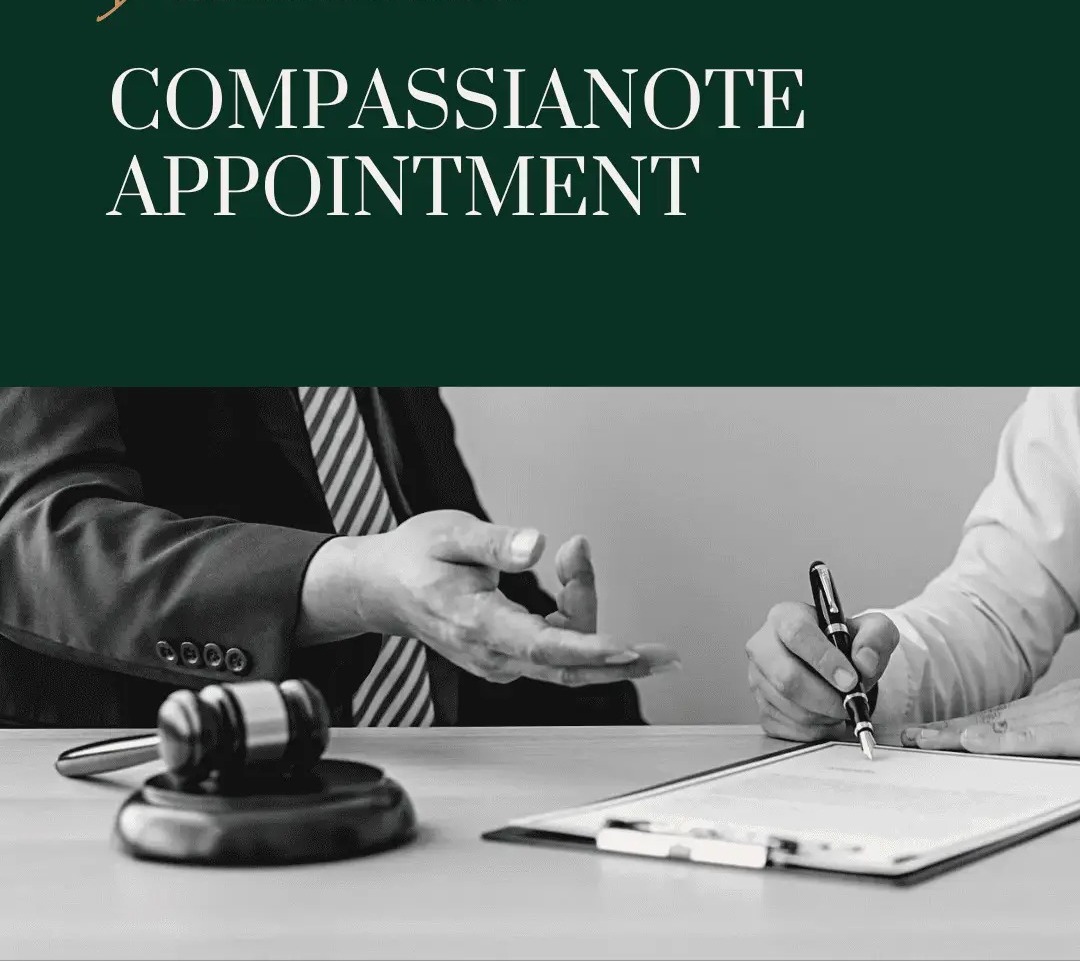B.P. Jeevan Reddy, C.J.@mdashu/s 256(1) of the Income Tax Act, 1061, the Tribunal has stated the following question at the instance of Revenue :
"Whether, on the facts and in the circumstances of the case, the Income tax Appellate Tribunal was legally justified in holding that what was the individual property of the respondents to begin with has been converted by them into that of their smaller Hindu undivided family''s by their declaration made in the Income Tax and wealth-tax returns filed for the assessment years 1958-59 to 1970-71 and accepted by the Revenue ?"
2. At the instance of the assessee, the Tribunal has referred another question which reads :
"Whether, on the facts and in the circumstances of the case, the Tribunal was justified in holding that the assessee had become a partner in the partnership firm evidenced by the partnership deed dated December 30, 1956, in their individual capacity and not representing their smaller-HUFs ?"
3. Lala Ganga Prasad Kanodia, Brij Mohan Kanodia and Devi Prasad Kanodia, three brothers, constituted a undivided Hindu family. They were carrying on business in the name and style of Sadiram Ganga Prasad. The business comprised several business/industrial units. On December 29, 1956, the three brothers decided to put to an end to the Hindu undivided family. The capital of the family in the aforesaid business on the said date was a negative figure. This negative capital was divided amongst the three brothers equally. On the same day, a new partnership firm was formed, evidenced by a deed of partnership dated December 30, 1956. This deed recited that "the capital account of the said family after taking into account profits estimated to have accrued to the said family (i.e., the bigger family) in respect of the said business up to the said date (i.e., December 29, 1956) has disclosed a net debit (deficit) which had been divided among the members of the said family on the said date." The deed further recited that with effect from December 29, 1956, the parties shall carry on the business of the business/industrial units as individuals under the original names and styles.
4. On the basis of the above facts, a claim for partial partition was put forward before the Income Tax Officer during the assessment proceedings relating to the assessment year 1957-58. This plea was accepted by the Income Tax Officer and recorded.
5. The assessee filed his returns of income for the assessment years 1958-59 to 1970-71 declaring his share income from M/s. Sadiram Ganga Prasad, a partnership, as belonging to his smaller Hindu undivided family, i.e., the Hindu undivided family comprising himself, his wife and children. This was accepted and assessments were made accordingly.
6. During the course of audit, an objection was raised by the audit party to the effect that, according to the partnership deed, the business was being carried on by the brothers as individuals and, therefore, the income received by them should be treated as individual income and not that of the smaller Hindu undivided families represented by each of them. On the basis of this note, the assessment was reopened.
7. In this reference, we are concerned with two assessment years only, namely, the assessment years 1970-71 and 1973-74.
8. Having reopened the assessment, the income was assessed as that of the individual in the hands of the assessee. Though the assessee raised an objection that the very initiation of reassessment proceedings was invalid, it was overruled. The assessee filed an appeal which was allowed by the Appellate Assistant Commissioner on merits, though he rejected the contention relating to the invalidity of initiation of reassessment proceedings.
9. The Department carried the matter in appeal to the Tribunal. The Tribunal set aside the finding of the Appellate Assistant Commissioner and held that the income derived by the assessee from the said partnership was his individual income. The correctness of this finding is not in question before us. The only question referred at the instance of the Revenue to this court is whether the assessee had converted what was his individual property into that of joint family property of his smaller Hindu undivided family by virtue of the declarations made in the Income Tax and wealth-tax returns relating to the assessment years 1958-59 to 1970-71. This aspect has been dealt with by the Tribunal in paragraph 23 of its order. Having held that, under the partnership deed, the assessee became a partner in his individual capacity, the Tribunal held that, by virtue of his repeated declarations made over a period of more than 12 years in his Income Tax and wealth-tax returns, the assessee must be deemed to have thrown what was his individual property into the common stock belonging to the smaller Hindu undivided family. It is well-settled under the Hindu law that no particular form or mode is required for throwing separate property into the common hotchpotch. But what is required is that the intention to blend the separate property with the joint family property should be unambiguous and clear. The Tribunal has taken the view that, by his consistent course of conduct over a period of more than 12 years, the assessee had unambiguously exhibited and indicated his intention of throwing his separate property into the common hotchpot. The action was voluntary and no material was brought to the notice of the Tribunal militating against his declaration and conduct aforesaid. In the circumstances, the Tribunal recorded the finding that there was a blending. We see no reason to disturb the finding. No reasons are brought to our notice indicating why and how the said finding is vitiated. Accordingly, we answer the question in the affirmative, i.e., in favour of the assessee and against the Revenue.
10. In view of our answer to the above question, we do not think it necessary to answer the question referred at the instance of the assessee.
11. The reference is disposed of accordingly. No costs.

